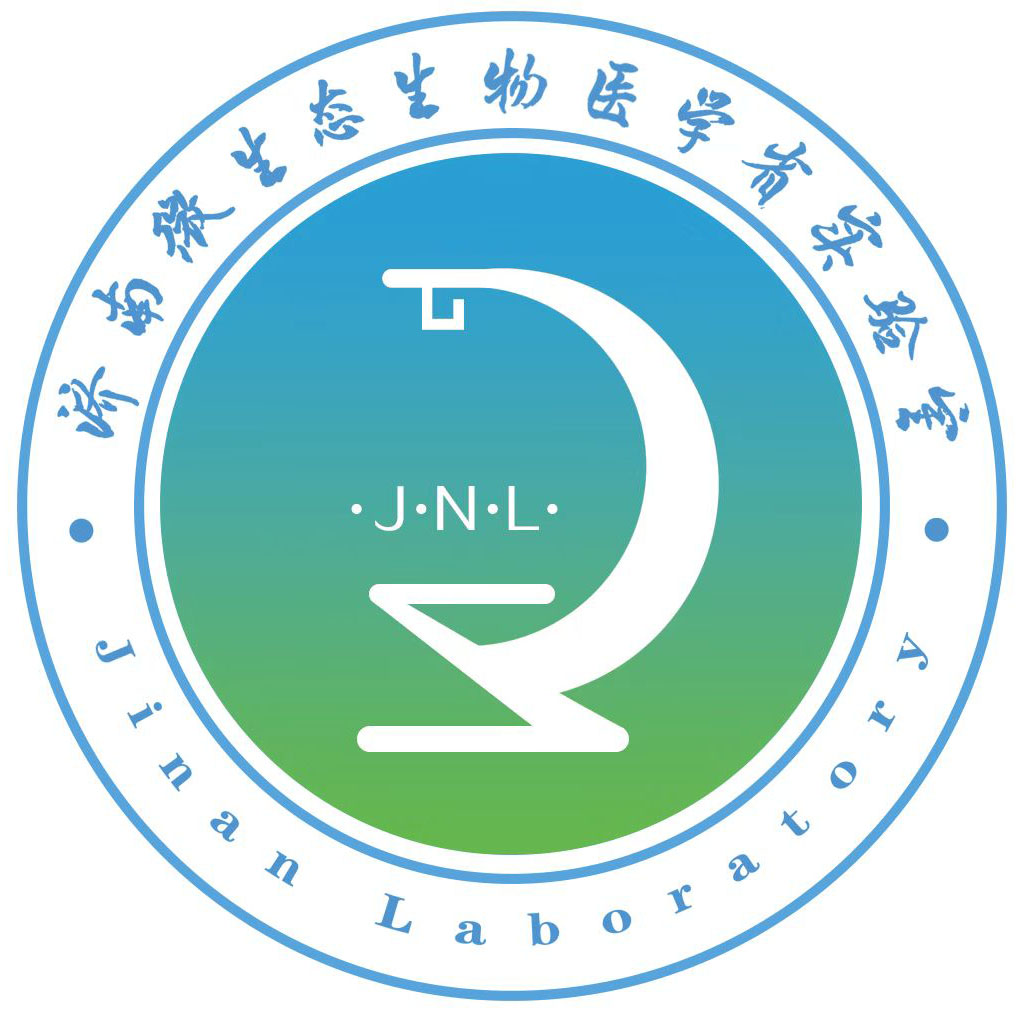Recently, the team of academician Li Lanjuan, Director of the Laboratory, published a research paper entitled "Sedanolide alleviates DSS-induced colitis by modulating the intestinal FXR- SMPD3 pathway in mice" in the Journal of Advanced Research. SMPD3 pathway in mice". Based on the antioxidant activity of Sedanolide, a celery extract, the research paper investigated the protective effect and mechanism of Sedanolide against colitis and found that the intestinal flora and its derived metabolites mediated its antioxidant effect.
This study addresses the key scientific question in the field of intestinal microecology of how the intestinal flora is involved in the development of colitis, and utilises emerging experimental technological tools such as LC-MS high-throughputomics, combined with DSS-induced mouse colitis models and sterile animal models, to carry out a basic study on the therapeutic effects of Cerdanolide and its shaping of the intestinal flora and flora-derived metabolites on colitis in mice.
At the flora level ▶
At the colony level, the team found that Cerdanolide reshaped the intestinal flora, reduced the level of flora expressing bile salt hydrolase, and inhibited the process of deconjugated biotransformation of bound bile acids in the intestines.
At the molecular level ▶
At the molecular level, the team found that intestinal FXR is a major target of sertanolactone, and that sertanolactone-mediated structural alterations of bile acids further increase the synthesis of the anti-inflammatory and barrier-protecting ceramide d18:1/16:0 through modulation of the FXR-SMPD3-ceramide axis, ultimately ameliorating the development of colitis.

Dr Shengjie Li is the first author of the paper, Dr Aoxiang Zhuge and Dr Hui Chen are the co-first authors, and Academician Lanjuan Li is the corresponding author. This project was supported by the National Key Research and Development Programme of China (2018YFC2000500, 2021YFA1301104, 36 2021YFC2301804), the National Natural Science Research Foundation of China (81790631 and 81570512), the Key Laboratory Project of Shandong Province (SYS202202), and the Jinan Microecological Biomedicine Shandong Laboratory (JNL-2022001A).





